Home>Gardening & Outdoor>Pool & Spa Care>How To Lower PH In Hot Tub With Vinegar
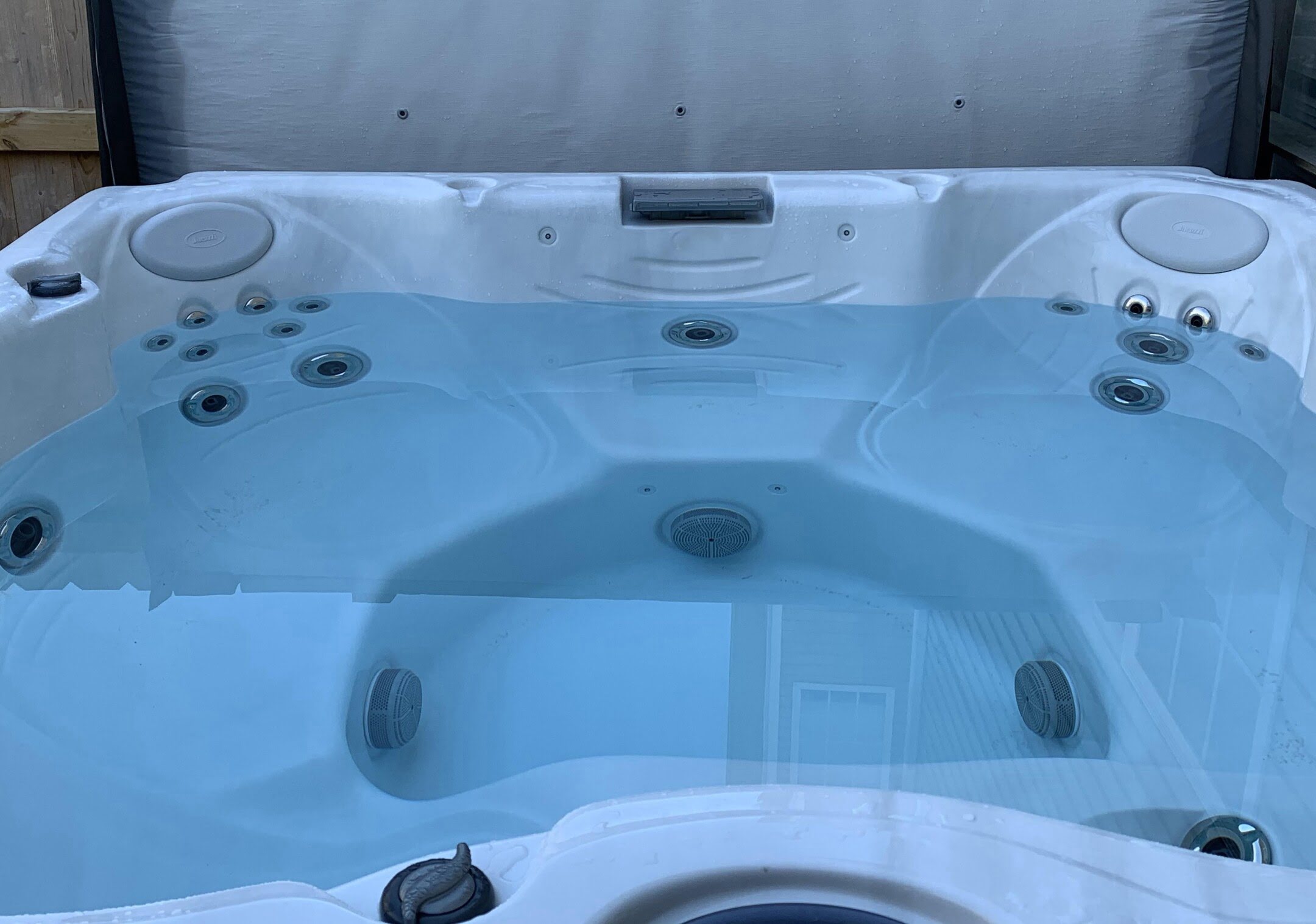

Pool & Spa Care
How To Lower PH In Hot Tub With Vinegar
Modified: February 25, 2024
Learn effective ways to lower pH in your hot tub using vinegar and other pool and spa care tips. Keep your hot tub water balanced and safe for enjoyable soaking experiences.
(Many of the links in this article redirect to a specific reviewed product. Your purchase of these products through affiliate links helps to generate commission for Storables.com, at no extra cost. Learn more)
Introduction
Owning a hot tub is a luxurious and enjoyable experience, providing a perfect retreat for relaxation and rejuvenation. However, maintaining the water quality is crucial for ensuring a safe and pleasant soaking environment. One essential aspect of hot tub maintenance is monitoring and adjusting the pH level of the water. In this article, we will delve into the significance of pH levels in hot tubs, the benefits of lowering pH, the potential risks of high pH, and the use of vinegar as a natural and effective method for pH adjustment. By the end of this guide, you will be equipped with the knowledge and steps to maintain optimal pH levels in your hot tub, promoting a clean and inviting soaking experience for you and your guests. Let's dive in!
Key Takeaways:
- Lowering pH in a hot tub with vinegar enhances sanitizer effectiveness, improves bather comfort, prevents corrosion, and promotes water clarity, creating a safe and inviting soaking experience.
- Using vinegar to lower pH in hot tubs offers a natural, eco-friendly, and cost-effective alternative, aligning with sustainable water maintenance practices and contributing to a harmonious and enjoyable hot tub environment.
Read more: How To Lower PH Of Hot Tub
Understanding pH Levels in Hot Tubs
pH, which stands for “potential of hydrogen,” is a measure of the acidity or alkalinity of a solution. The pH scale ranges from 0 to 14, with 7 being neutral. A pH level below 7 indicates acidity, while a pH level above 7 indicates alkalinity. In the context of hot tubs, maintaining the pH level within a specific range is crucial for several reasons.
First and foremost, the pH level directly impacts the effectiveness of the sanitizing chemicals in the water. If the pH strays too far from the ideal range, the efficacy of chlorine or bromine diminishes, leading to potential bacterial or algae growth. Additionally, an improper pH level can cause discomfort to the skin and eyes of hot tub users. Water with a high pH level can lead to skin irritation and dryness, while low pH can cause corrosion of hot tub components and discomfort to bathers.
The ideal pH range for hot tub water is typically between 7.2 and 7.8, with 7.4 to 7.6 being the optimal range for most hot tubs. Maintaining the pH within this range ensures that the water remains comfortable, safe, and conducive to the effectiveness of sanitizing agents. Regular testing of the pH level is essential to identify any deviations and take corrective measures promptly.
Understanding the significance of pH levels in hot tubs lays the foundation for effective water maintenance and ensures a pleasurable and hygienic soaking experience for all users.
Benefits of Lowering pH in Hot Tubs
Lowering the pH level in a hot tub offers several benefits that contribute to the overall water quality and bathing experience. When the pH is maintained within the recommended range of 7.2 to 7.8, with the ideal range being 7.4 to 7.6, hot tub owners and users can enjoy the following advantages:
- Enhanced Sanitizer Effectiveness: By lowering the pH, the sanitizing chemicals, such as chlorine or bromine, become more effective in killing bacteria and preventing algae growth. This ensures that the water remains clean and safe for soaking, reducing the risk of infections and waterborne illnesses.
- Improved Bather Comfort: Lowering the pH level helps create a more comfortable bathing environment. Proper pH balance minimizes the risk of skin and eye irritation, promoting a soothing and enjoyable experience for hot tub users.
- Prevention of Corrosion: Maintaining a slightly lower pH can help prevent corrosion of hot tub components, such as the heater, pump, and metal fittings. This prolongs the lifespan of the hot tub and reduces the need for costly repairs and replacements.
- Clarity and Sparkle: Lowering the pH can contribute to the overall clarity and sparkle of the water, enhancing the visual appeal of the hot tub and creating an inviting atmosphere for relaxation and socializing.
By understanding and leveraging the benefits of lowering pH in hot tubs, owners can ensure a hygienic, comfortable, and visually appealing soaking experience for themselves and their guests. The next section will explore the potential risks associated with high pH levels in hot tubs, shedding light on the importance of pH maintenance.
Risks of High pH in Hot Tubs
High pH levels in hot tubs can lead to various risks that compromise water quality, user comfort, and the longevity of the hot tub components. Understanding these risks underscores the importance of actively managing and regulating the pH levels within the recommended range.
When the pH level of hot tub water rises above the optimal range of 7.2 to 7.8, several detrimental effects may manifest, including:
- Reduced Sanitizer Effectiveness: High pH levels can diminish the potency of sanitizing chemicals, such as chlorine or bromine, rendering them less effective in combating bacteria and contaminants. This can lead to compromised water quality and an increased risk of microbial growth, potentially exposing bathers to health hazards.
- Skin and Eye Irritation: Elevated pH levels can cause skin irritation, dryness, and discomfort among hot tub users. Additionally, it may lead to eye irritation and redness, detracting from the overall bathing experience and potentially causing long-term skin issues with prolonged exposure.
- Scaling and Cloudiness: High pH can contribute to the formation of scale on the hot tub surfaces and plumbing fixtures, leading to cloudiness and reduced water clarity. This not only affects the visual appeal of the hot tub but also indicates potential issues with water balance and maintenance.
- Corrosion of Equipment: Excessive pH levels can accelerate the corrosion of metal components within the hot tub, including the heater, pump, and metal fittings. This corrosion compromises the structural integrity of the equipment, leading to malfunctions, leaks, and the need for costly repairs or replacements.
Recognizing the risks associated with high pH levels in hot tubs underscores the importance of proactive pH management. By addressing and mitigating these risks through appropriate pH adjustment measures, hot tub owners can safeguard water quality, user comfort, and the structural integrity of their investment.
Add 1 cup of white vinegar at a time to your hot tub, then retest the pH after 30 minutes. Repeat until the pH reaches the desired level.
Using Vinegar to Lower pH in Hot Tubs
Vinegar, a versatile household staple, can serve as an effective and natural solution for lowering the pH level in hot tubs. While there are commercial pH decreasers available, vinegar offers a cost-effective and eco-friendly alternative for pH adjustment, making it an appealing option for hot tub owners seeking a more natural approach to water maintenance.
White vinegar, with its acetic acid content, can effectively lower the pH of hot tub water. It is important to note that only plain white vinegar should be used for this purpose, as flavored or colored vinegars may contain additional substances that could adversely impact the water chemistry and clarity.
When using vinegar to lower the pH in a hot tub, it is essential to proceed with caution and measure the pH levels incrementally to avoid overcorrection. Additionally, it is advisable to use a testing kit specifically designed for hot tubs to accurately monitor and adjust the pH level.
One of the advantages of using vinegar for pH adjustment is its compatibility with environmentally conscious practices. Unlike some commercial pH decreasers that may contain chemicals or additives, vinegar provides a natural and sustainable option for maintaining water balance in hot tubs. This aligns with the growing trend of eco-friendly and non-toxic approaches to household maintenance and care.
Furthermore, vinegar is readily available in most households, making it a convenient solution for addressing pH imbalances in hot tubs without the need for a special trip to the store. Its accessibility and affordability make it a practical choice for regular water maintenance and pH adjustment.
As we delve into the steps for lowering the pH in hot tubs using vinegar, it is important to consider the precautions and best practices to ensure safe and effective pH management. By harnessing the natural acidity of vinegar, hot tub owners can maintain optimal pH levels while embracing a more sustainable and budget-friendly approach to water care.
Steps for Lowering pH in Hot Tubs with Vinegar
Lowering the pH in a hot tub using vinegar involves a systematic approach to ensure precise adjustments while maintaining water safety and quality. By following these steps, hot tub owners can effectively lower the pH level using vinegar:
- Test the Current pH: Begin by testing the hot tub water using a reliable pH testing kit designed for hot tubs. This initial measurement serves as a baseline for determining the extent of pH adjustment required.
- Calculate the Quantity of Vinegar: Based on the test results and the desired reduction in pH, calculate the amount of vinegar needed to achieve the target pH level. It is recommended to start with small increments to avoid overcorrection.
- Dilute the Vinegar: To prevent abrupt pH changes and ensure even distribution, dilute the calculated amount of vinegar in a bucket of water before adding it to the hot tub. This gradual approach helps prevent localized pH fluctuations and promotes uniform pH adjustment.
- Pour the Vinegar Solution into the Hot Tub: Slowly pour the diluted vinegar solution into the hot tub while the circulation system is running. This facilitates thorough mixing and distribution of the vinegar, promoting consistent pH adjustment throughout the water.
- Allow Circulation and Testing: After adding the vinegar solution, allow the hot tub’s circulation system to run for at least 30 minutes to ensure proper mixing. Subsequently, retest the pH to gauge the effectiveness of the vinegar in lowering the pH level.
- Repeat as Needed: If the pH level remains outside the optimal range, repeat the process with additional measured increments of diluted vinegar until the desired pH is achieved. It is crucial to exercise patience and avoid rapid or excessive adjustments to prevent overshooting the target pH.
- Monitor and Maintain: Once the desired pH level is attained, continue monitoring the hot tub’s pH regularly to ensure that it remains within the recommended range. This ongoing vigilance is essential for sustaining balanced water chemistry and a comfortable bathing environment.
By adhering to these steps and exercising precision in pH adjustment, hot tub owners can leverage the natural acidity of vinegar to maintain optimal pH levels, promoting water clarity, user comfort, and the effectiveness of sanitizing agents. Additionally, incorporating vinegar as a pH-lowering agent aligns with eco-friendly practices and offers a cost-effective alternative to commercial pH decreasers.
As with any water maintenance procedure, it is important to prioritize safety, accuracy, and consistency when utilizing vinegar for pH adjustment in hot tubs. With these considerations in mind, hot tub owners can confidently manage pH levels while embracing a more natural and sustainable approach to water care.
Precautions and Considerations
While using vinegar to lower the pH in hot tubs offers a natural and cost-effective solution, it is essential to observe certain precautions and considerations to ensure safe and effective pH management. By acknowledging these factors, hot tub owners can optimize the use of vinegar for pH adjustment while prioritizing water quality and user well-being.
- Gradual Adjustments: When adding vinegar to lower the pH, it is crucial to proceed gradually, making incremental adjustments and allowing time for thorough mixing and pH stabilization. Abrupt or excessive pH changes can disrupt the water balance and compromise user comfort.
- Regular Testing: Consistent monitoring of the pH level is imperative to gauge the impact of vinegar and maintain the desired pH range. Regular testing enables prompt corrective measures and ensures that the water remains within the optimal pH range for safe and enjoyable soaking.
- Proper Dilution: Diluting the vinegar in a bucket of water before adding it to the hot tub promotes even distribution and minimizes the risk of localized pH spikes. This dilution method facilitates controlled pH adjustment and prevents potential adverse effects on the hot tub’s components and water chemistry.
- Quality of Vinegar: It is essential to use plain white vinegar without any added flavors or colors for pH adjustment in hot tubs. Other types of vinegar may contain additional substances that can affect water clarity and chemistry, potentially leading to unforeseen complications.
- Consider Alternative Methods: While vinegar serves as a natural pH-lowering agent, hot tub owners may also explore other commercially available pH decreasers. Each method has its advantages, and the choice should align with individual preferences, environmental considerations, and the specific needs of the hot tub.
- Consult Manufacturer Guidelines: Refer to the hot tub manufacturer’s guidelines and recommendations for pH adjustment methods and products. Adhering to the manufacturer’s specifications ensures compatibility with the hot tub’s materials and components, promoting long-term durability and performance.
- Safety Precautions: Always handle vinegar and other water maintenance products with care, following safety guidelines and instructions for proper storage, handling, and disposal. Prioritizing safety measures contributes to a secure and responsible approach to hot tub maintenance.
By heeding these precautions and considerations, hot tub owners can harness the benefits of vinegar for pH adjustment while safeguarding water quality, equipment longevity, and user satisfaction. Embracing a conscientious and informed approach to pH management fosters a harmonious and inviting hot tub environment for all to enjoy.
Conclusion
Maintaining optimal pH levels in a hot tub is a fundamental aspect of water care, directly impacting water quality, user comfort, and the longevity of the hot tub components. By understanding the significance of pH levels, the benefits of lowering pH, and the risks associated with high pH, hot tub owners can prioritize effective pH management to create a safe, inviting, and enjoyable soaking experience.
Utilizing vinegar as a natural and cost-effective solution for lowering pH in hot tubs presents a compelling alternative to commercial pH decreasers, aligning with eco-friendly practices and budget-conscious water maintenance. The versatility and accessibility of vinegar make it a practical option for maintaining balanced water chemistry while promoting sustainability and resourcefulness.
By following the recommended steps for lowering pH with vinegar and observing essential precautions, hot tub owners can harness the natural acidity of vinegar to achieve and sustain optimal pH levels. This approach not only contributes to water clarity and user comfort but also underscores a commitment to responsible and eco-conscious hot tub maintenance.
As hot tub enthusiasts embrace the art of pH management and explore natural solutions such as vinegar, they contribute to a culture of informed and sustainable water care, enhancing the overall hot tub experience for themselves and their guests. By nurturing balanced pH levels, hot tub owners can create a harmonious and inviting environment that invites relaxation, rejuvenation, and the simple pleasures of hydrotherapy.
In essence, the journey of pH management in hot tubs, enriched by the use of vinegar as a pH-lowering agent, reflects a holistic approach to water care—one that balances effectiveness, sustainability, and user well-being. As hot tub owners embark on this journey, they empower themselves to cultivate a space where the therapeutic benefits of hot tub soaking are harmoniously intertwined with conscientious and natural water maintenance practices.
With a commitment to informed decision-making, ongoing vigilance, and a touch of natural ingenuity, hot tub owners can embark on a rewarding and fulfilling path toward maintaining balanced pH levels, nurturing a haven of relaxation, and savoring the simple joys of hot tub ownership.
Frequently Asked Questions about How To Lower PH In Hot Tub With Vinegar
Was this page helpful?
At Storables.com, we guarantee accurate and reliable information. Our content, validated by Expert Board Contributors, is crafted following stringent Editorial Policies. We're committed to providing you with well-researched, expert-backed insights for all your informational needs.

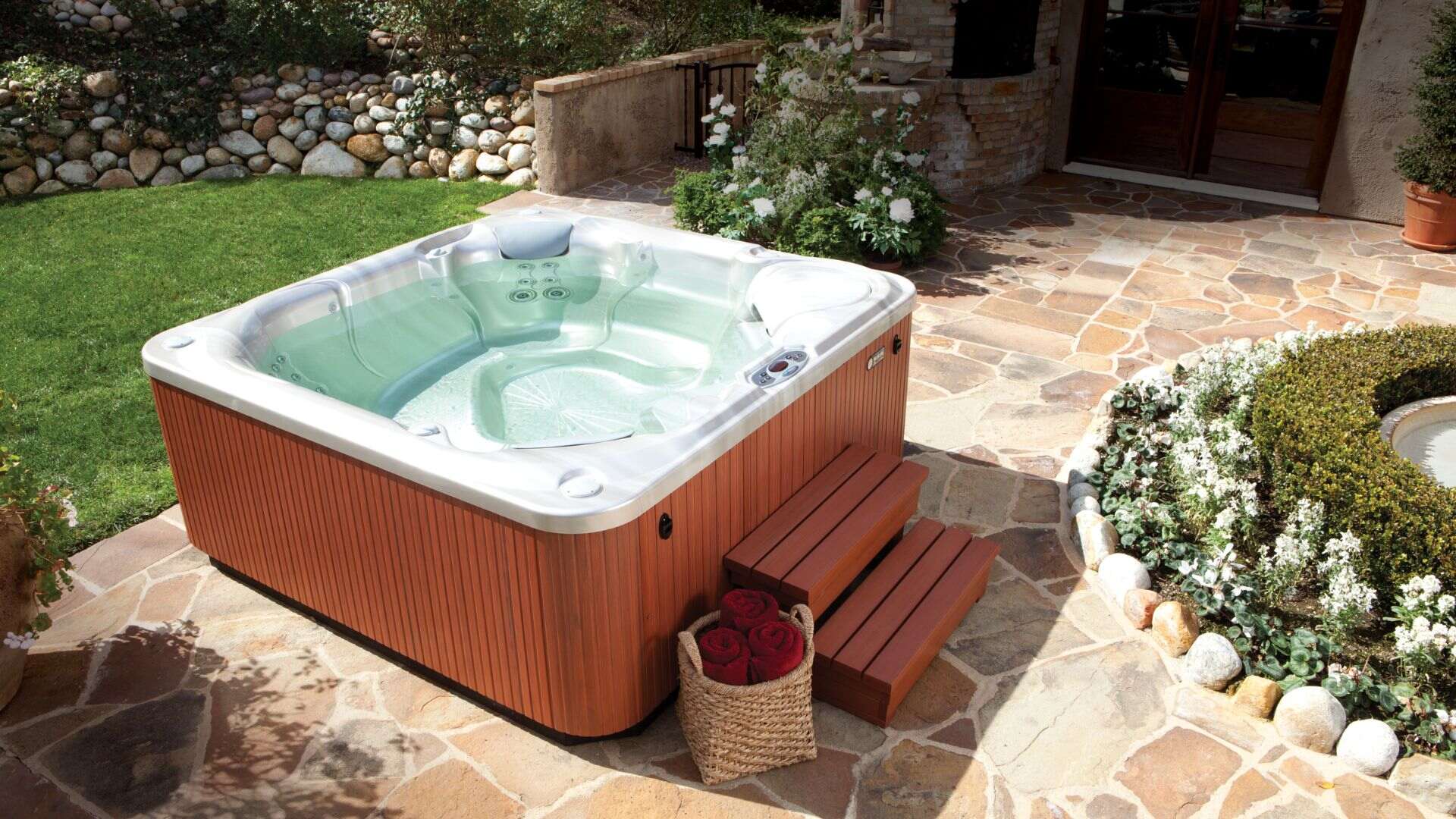
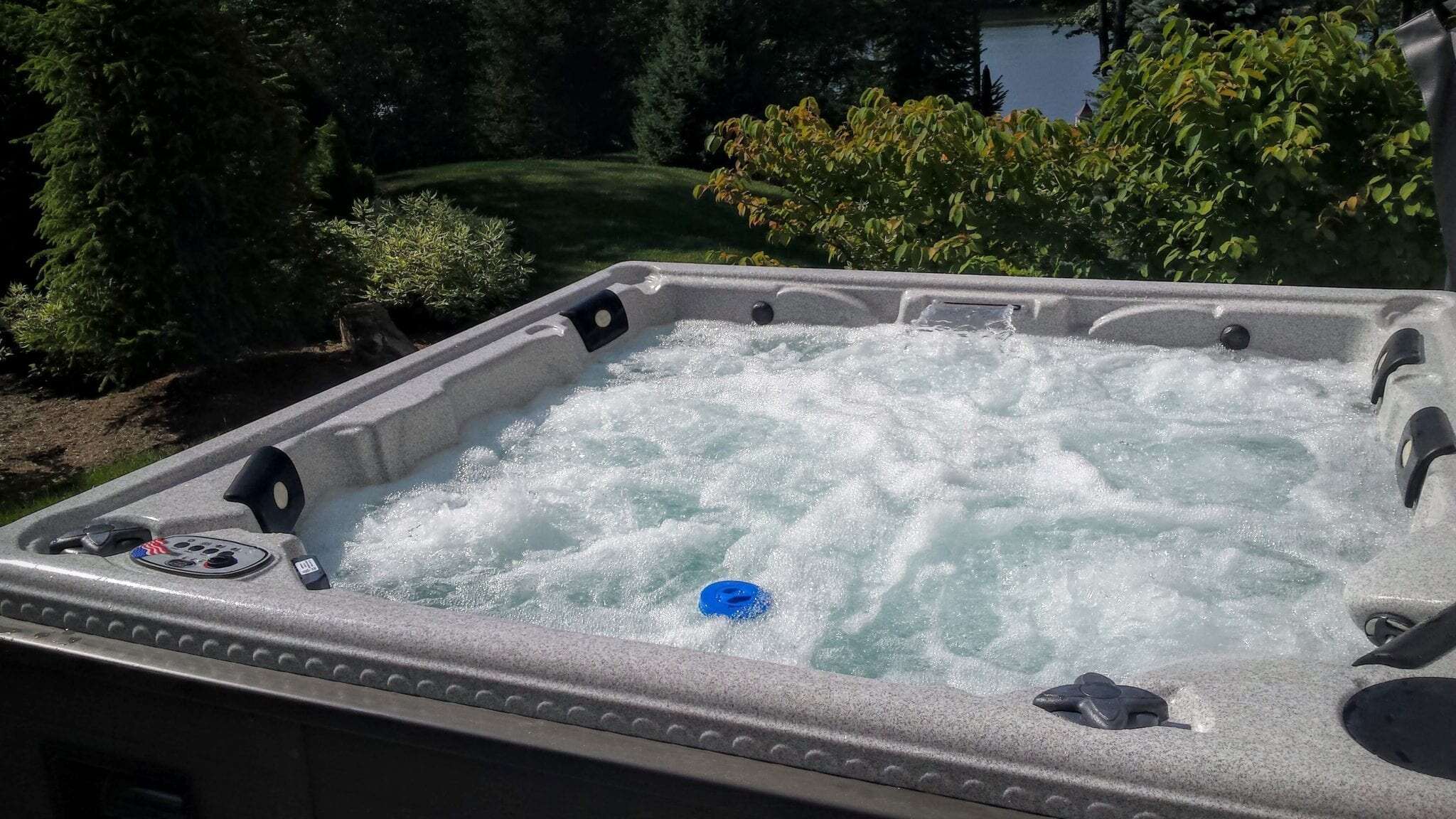
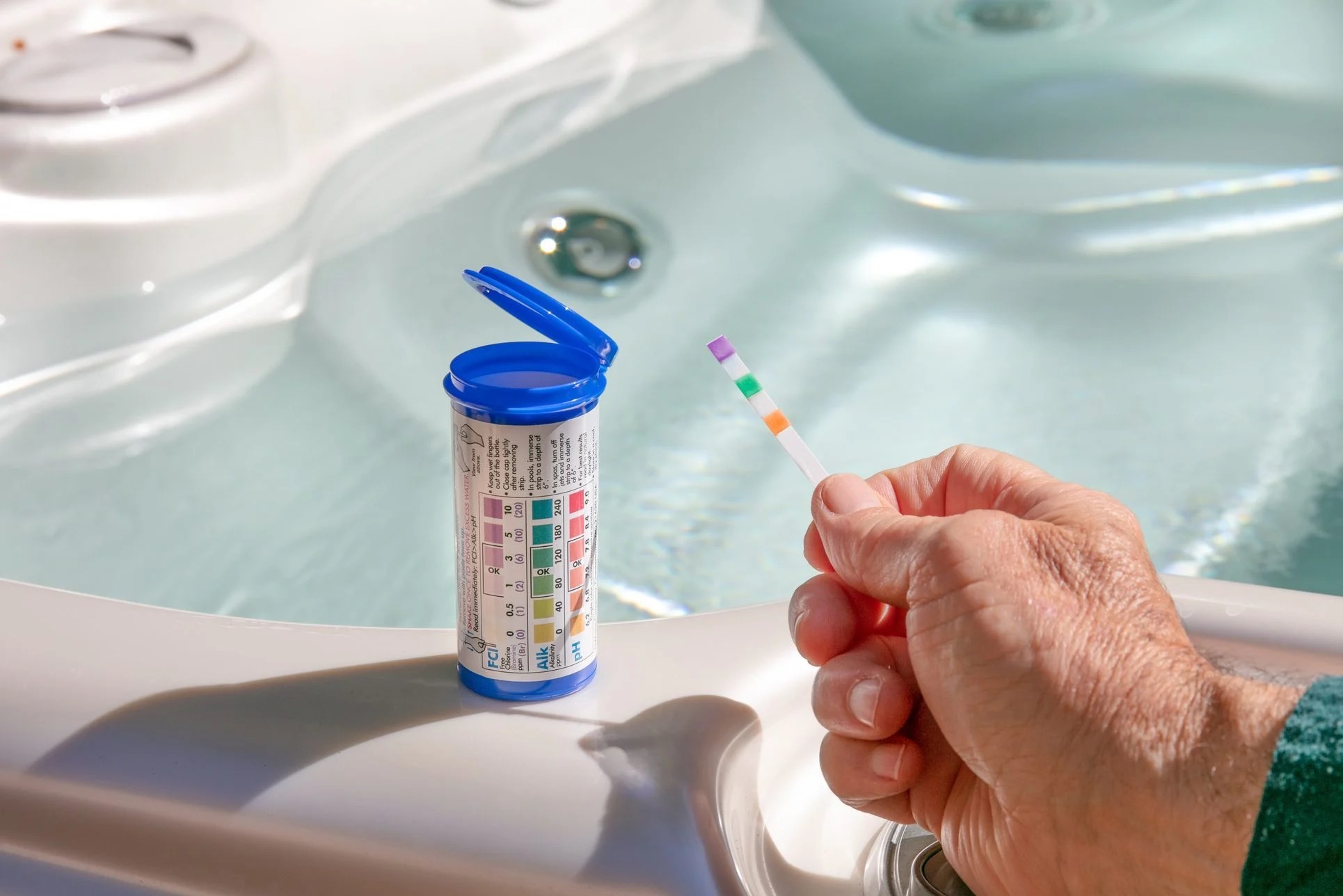
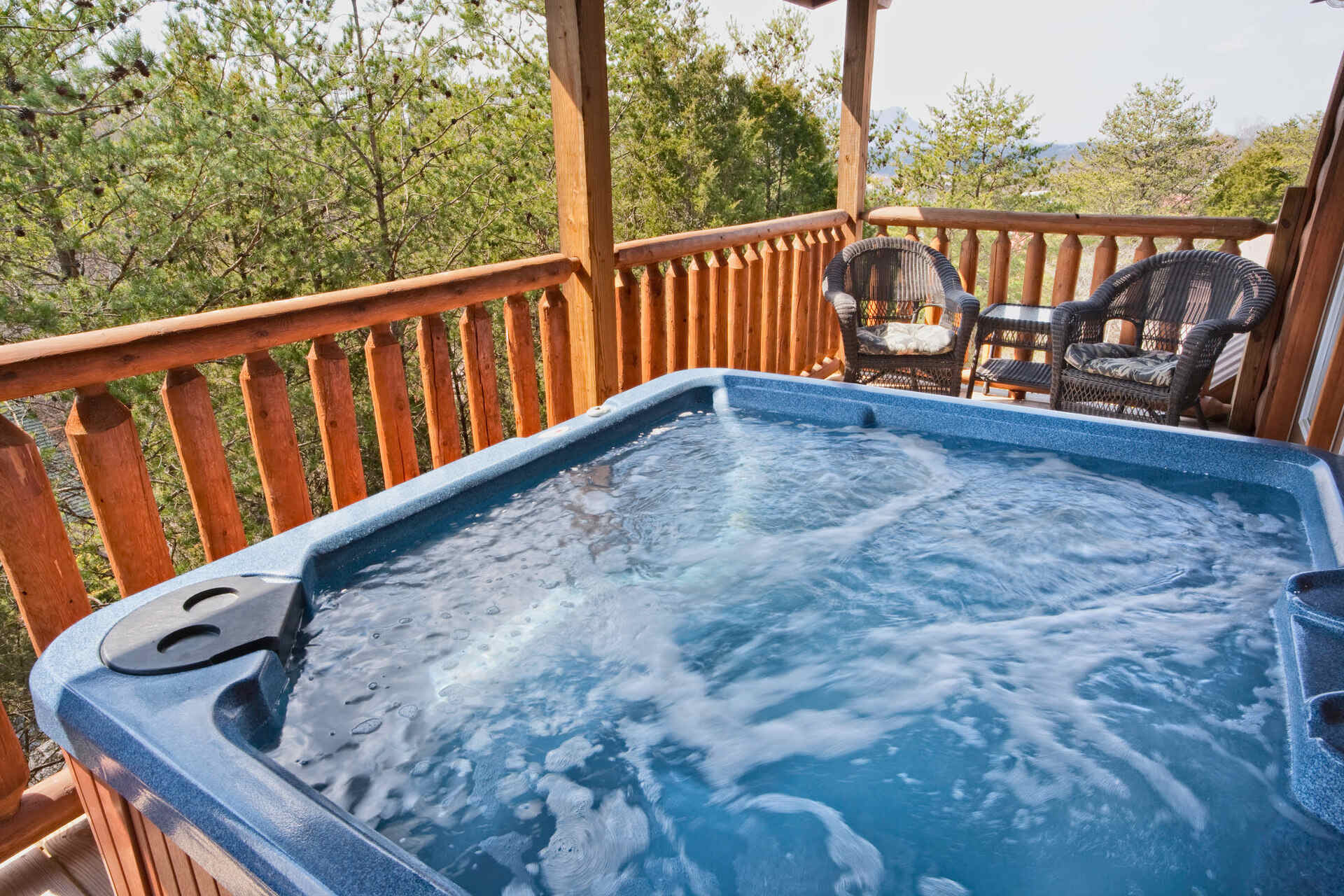
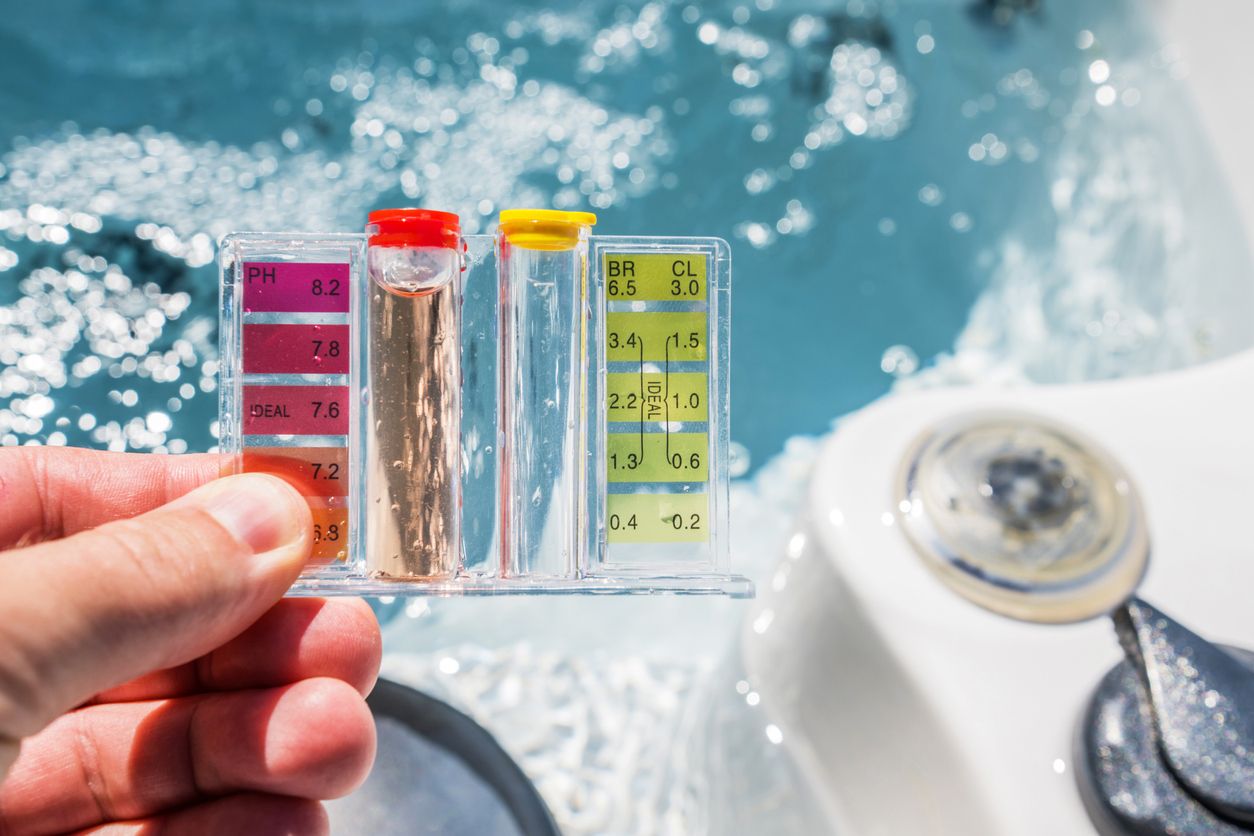
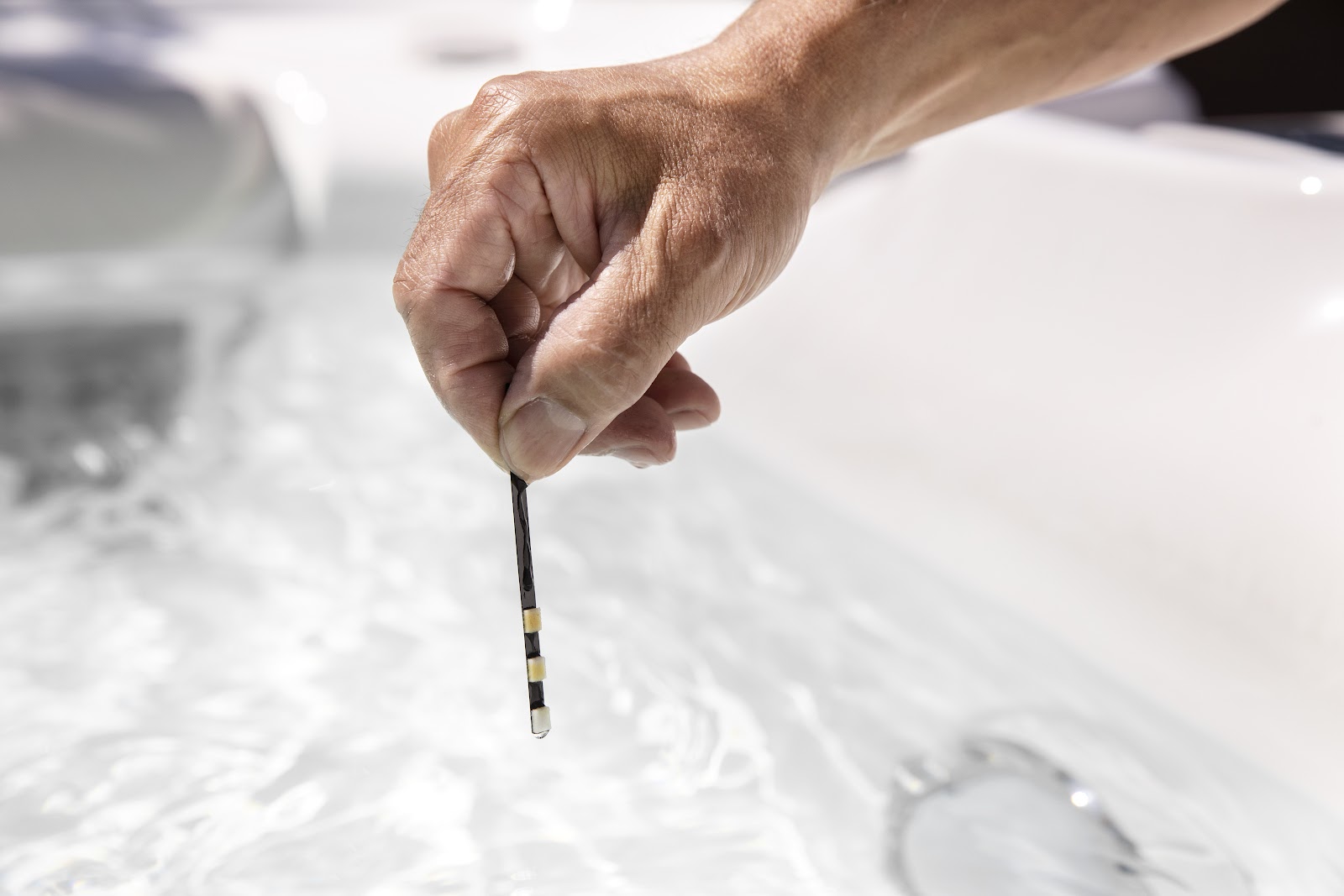
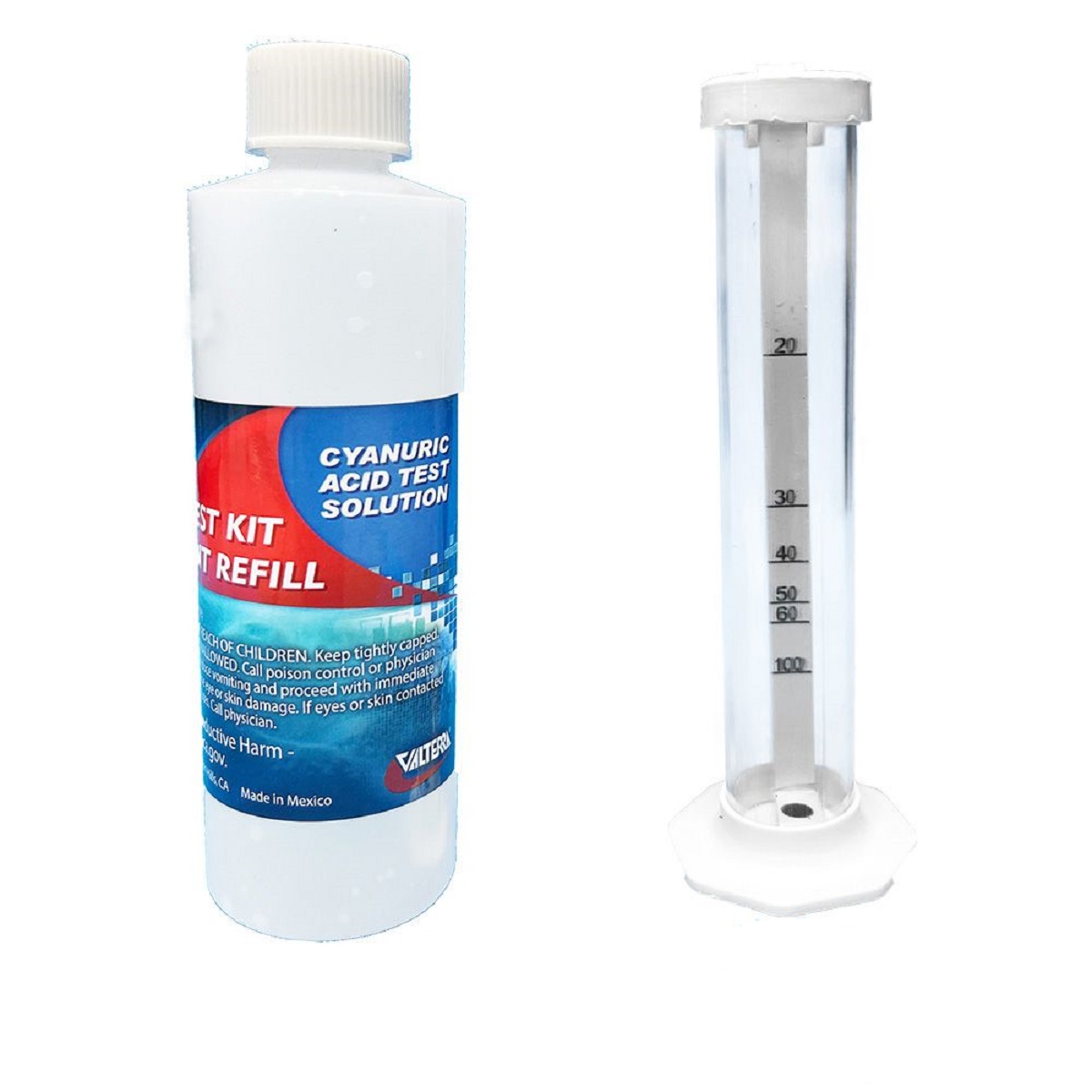
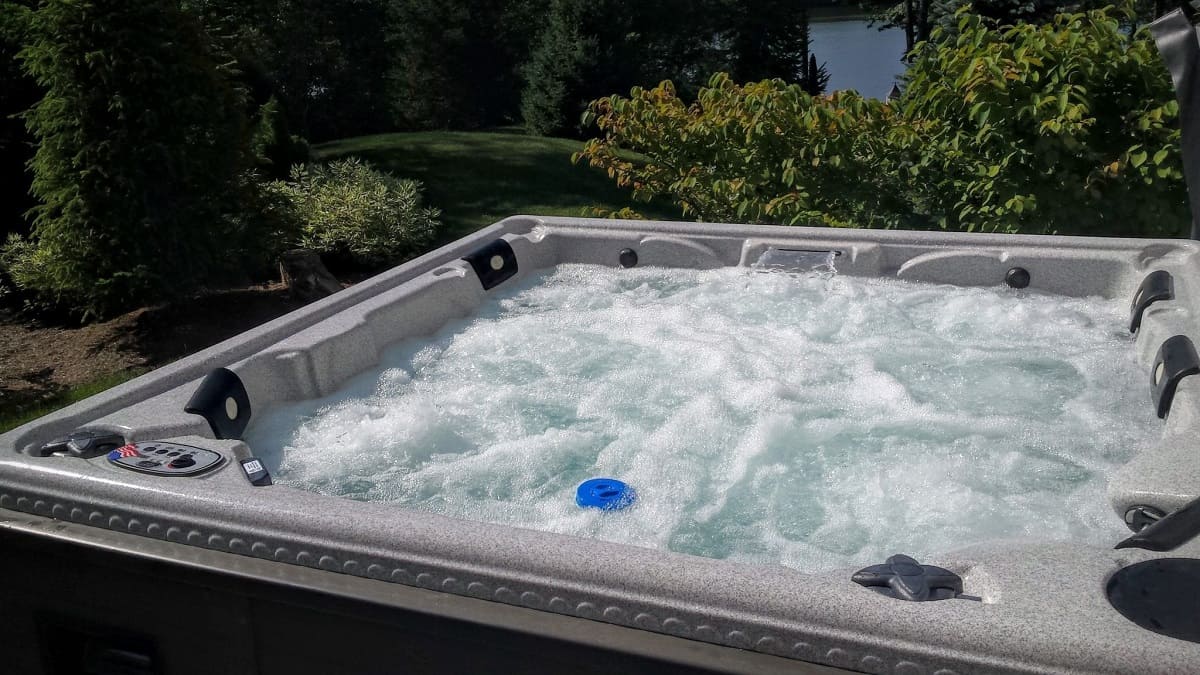
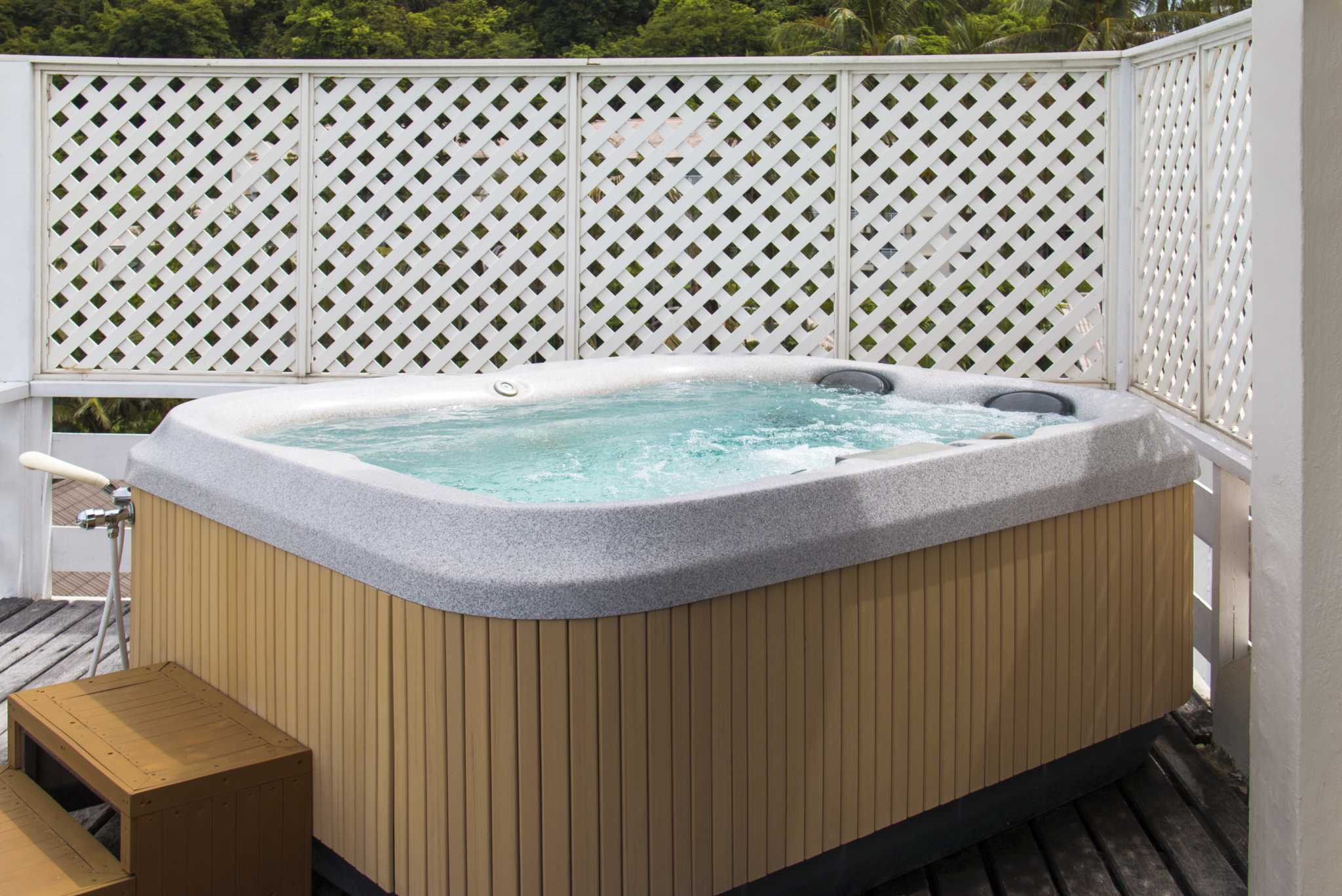
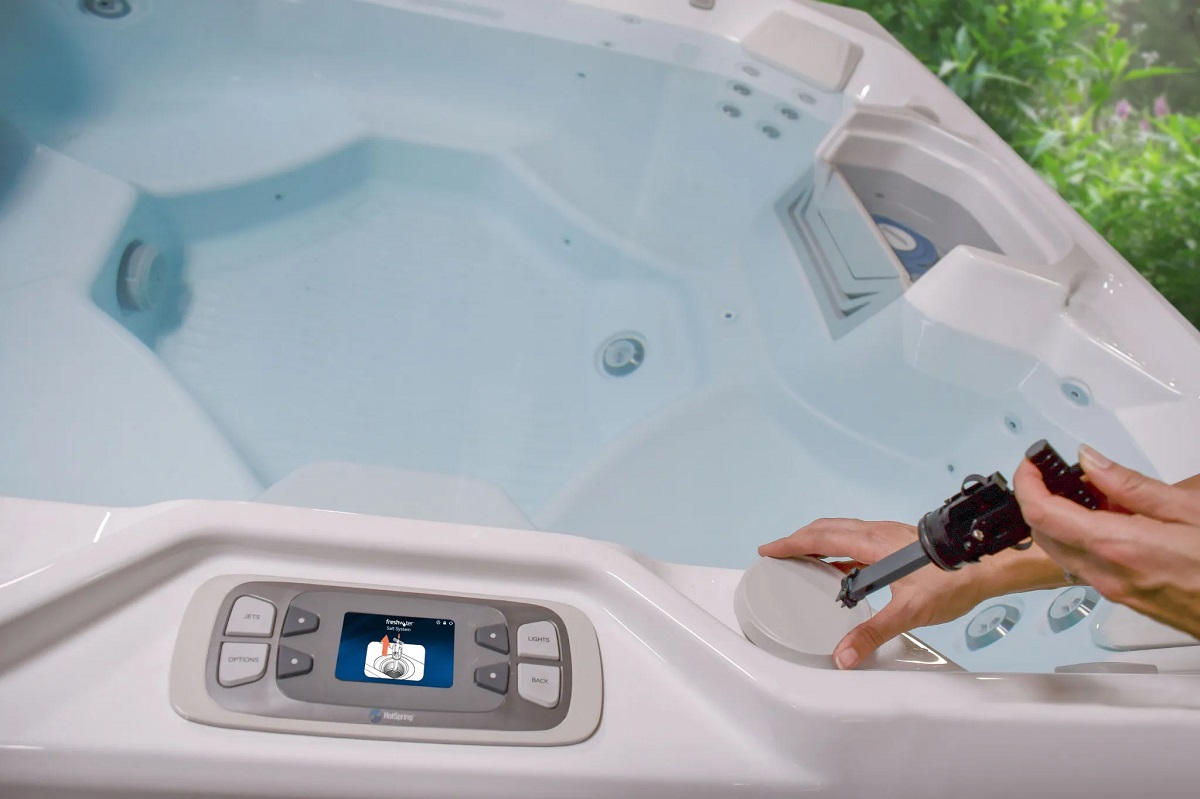
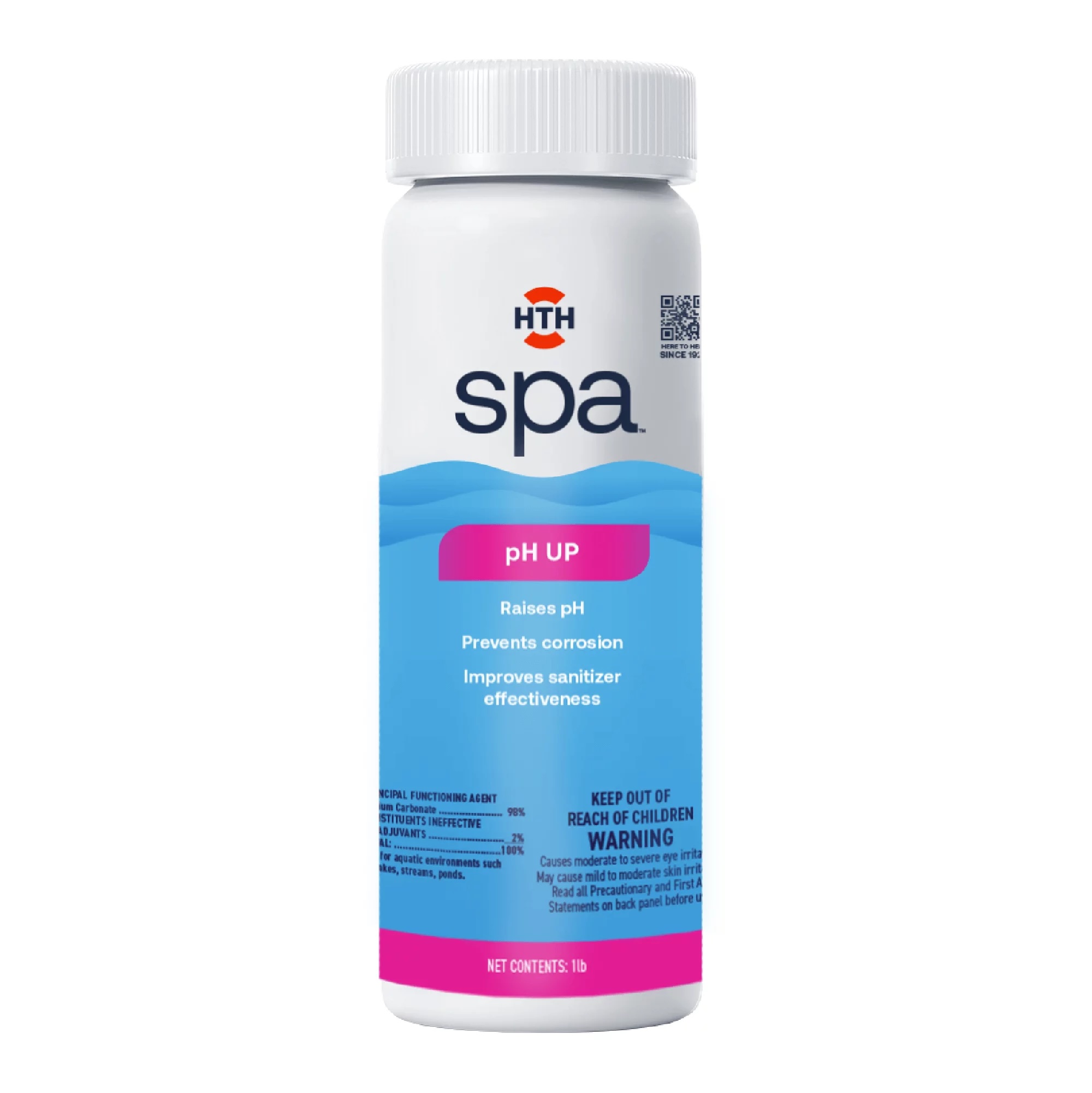
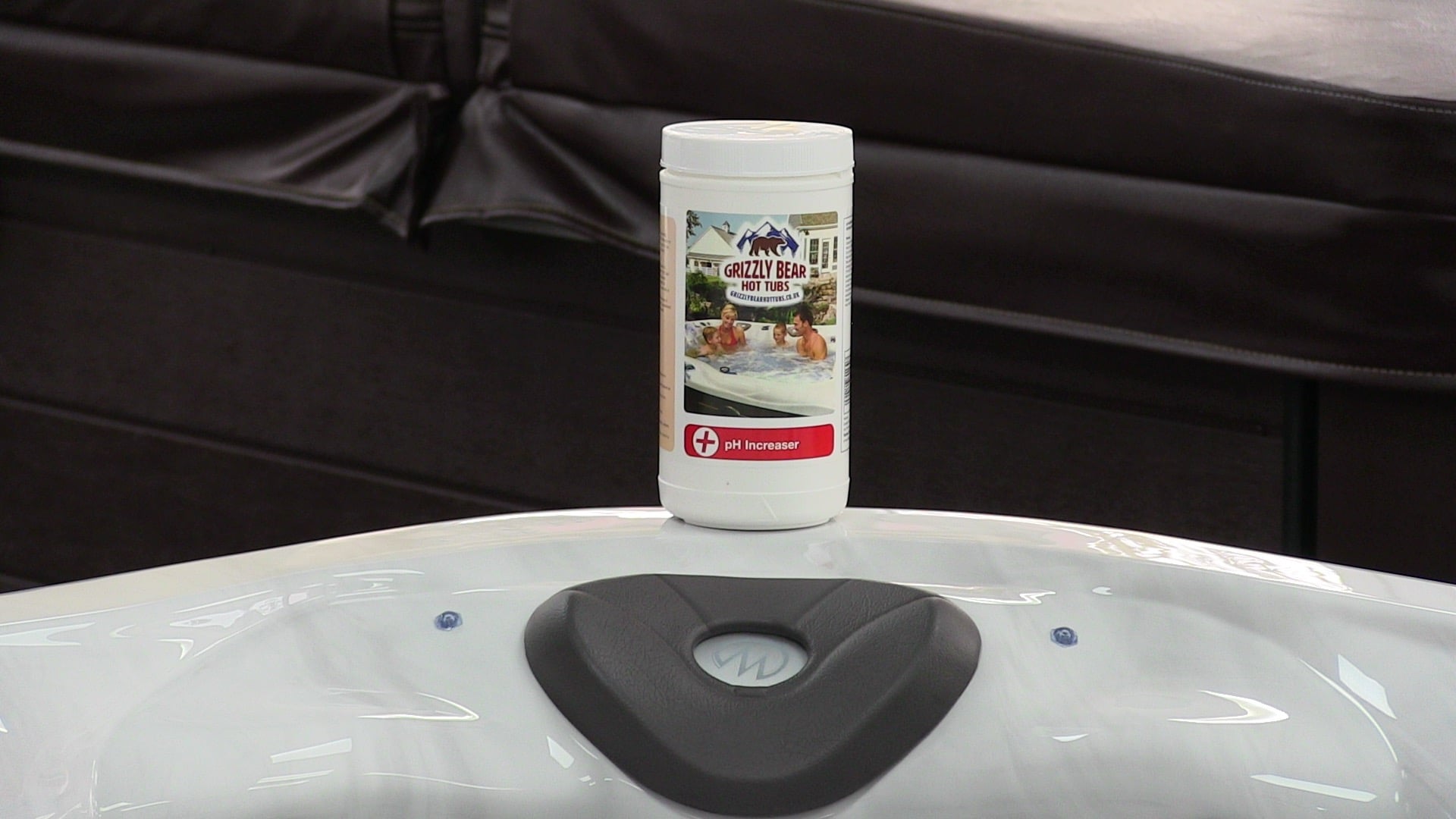
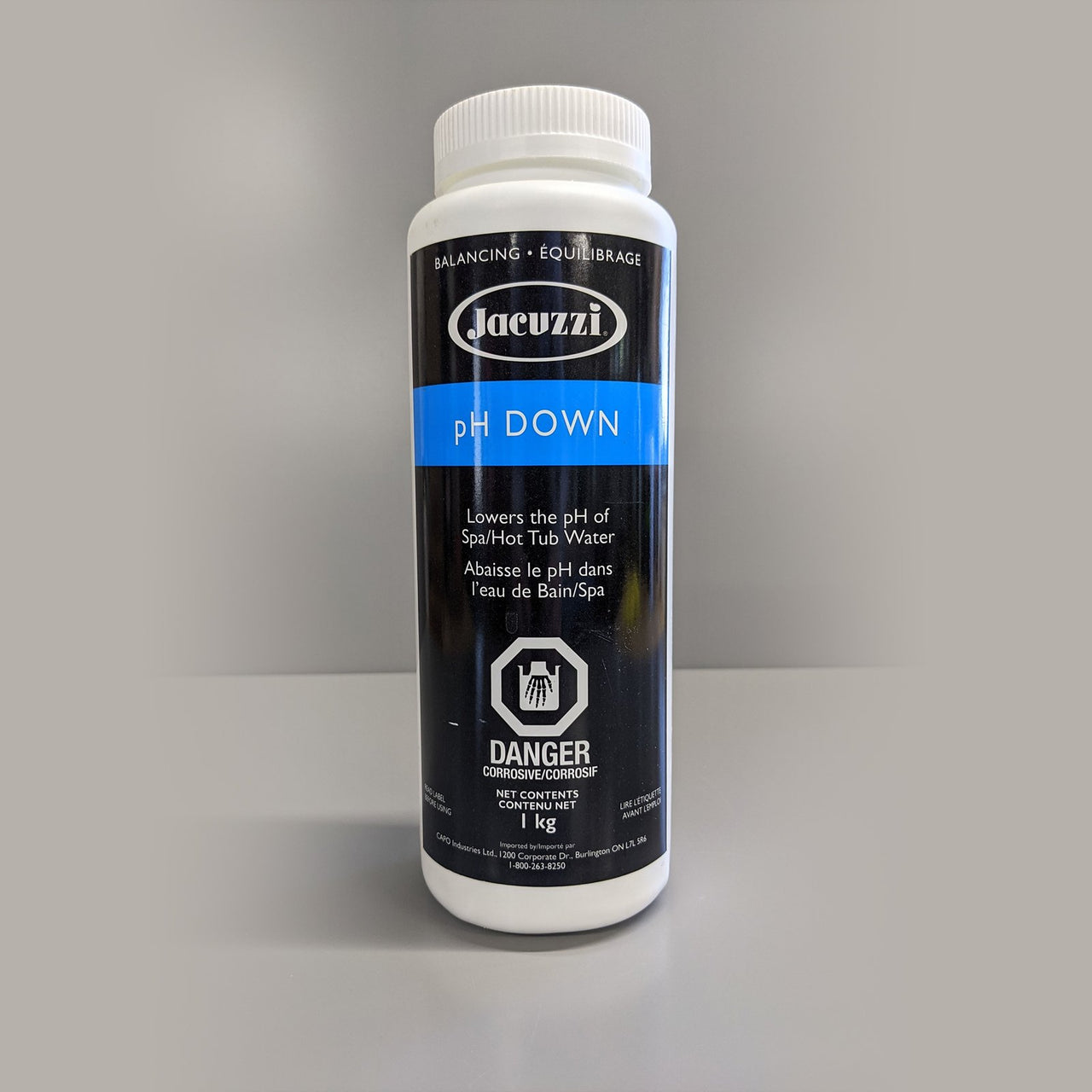

0 thoughts on “How To Lower PH In Hot Tub With Vinegar”